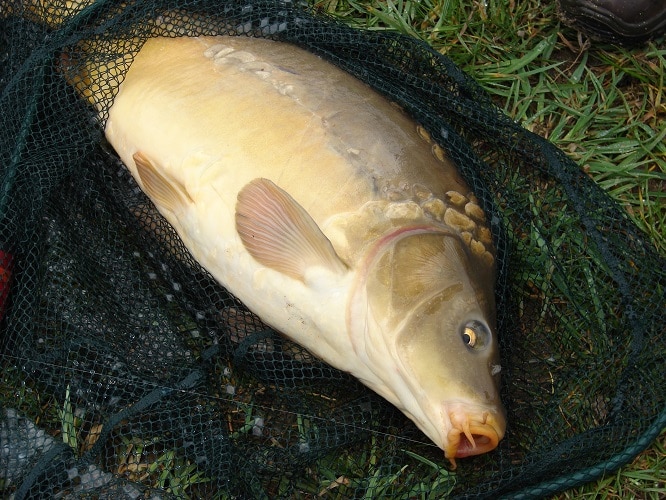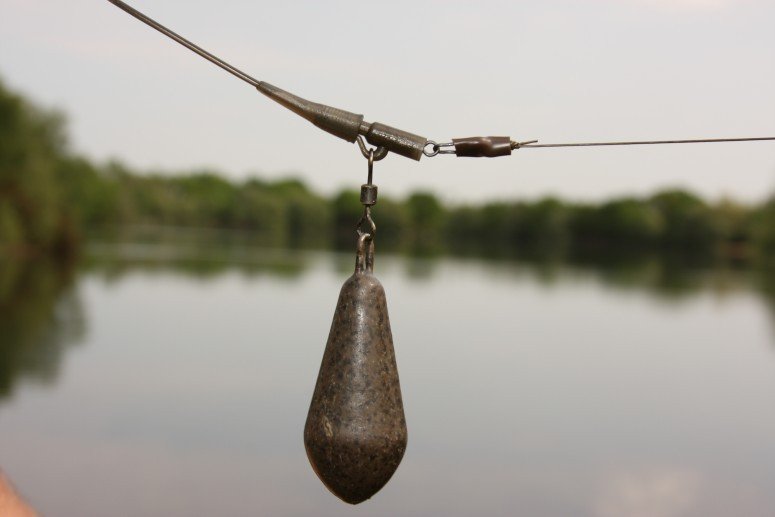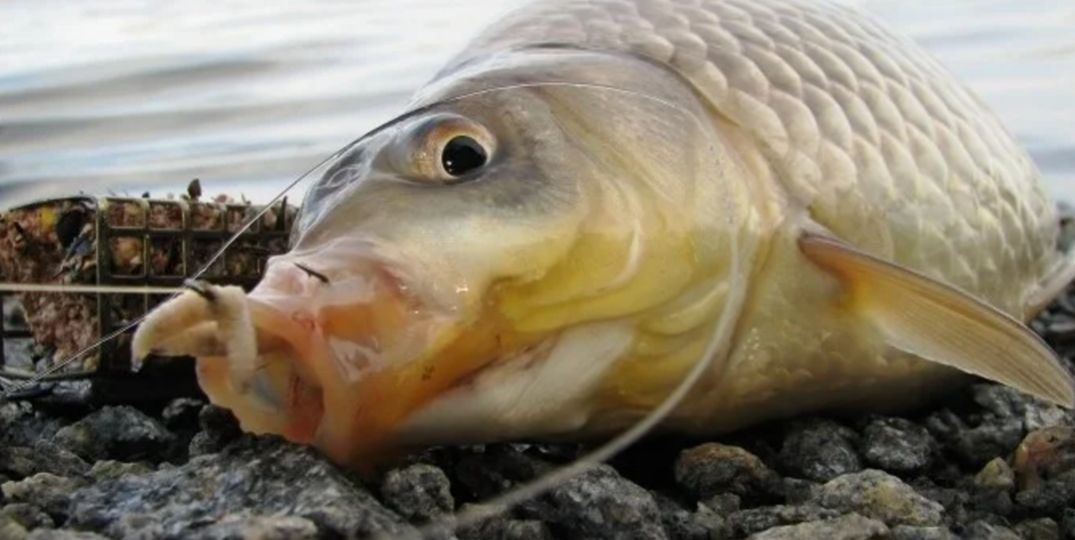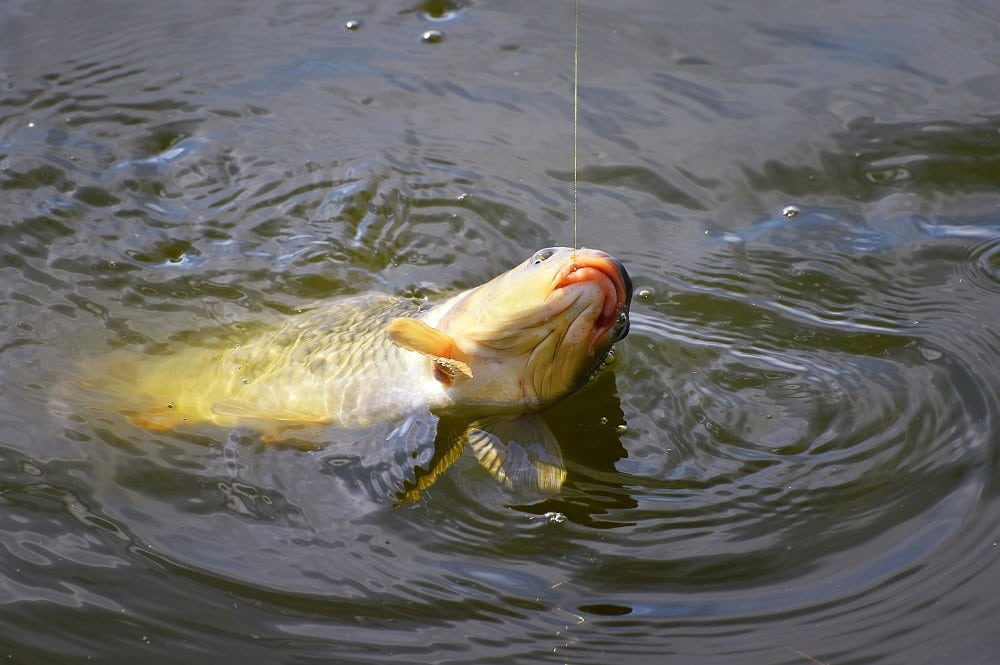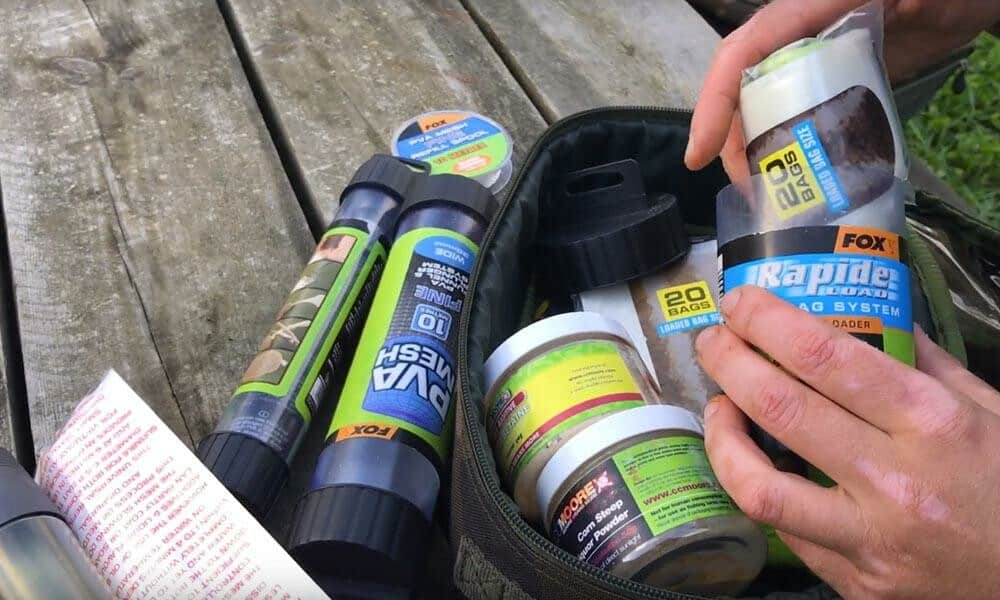Carp rigs and installations are very different, there are a lot of them. The choice of a particular rig will depend, first of all, on the characteristics of
carp fishing : bottom type, casting distance, current speed, pond depth and other factors that need to be taken into account for effective fishing.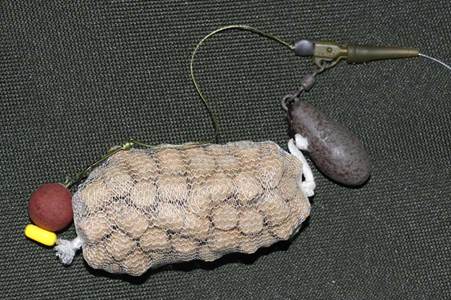
In-line carp equipment
Carp mounting “Inline” – one of the types of self-cutting tackle, when the line passes through a weight or a spring. The rig has been designed for trouble-free and targeted fishing for carp. The principle of operation is this: when the fish takes the bait, it does not feel danger (that is, there is no resistance of the lead). But when the carp leaves with a nozzle in the mouth, the spring prevents this and self-chopping occurs. You just need to get the trophy out of the water. Also often used is one of the varieties of this tackle (not so traumatic for fish), “In-line with shooting a weight”.
- lead core needle;
- scissors;
- silicone tube;
- carp feeders In-line;
- swivel;
- leadcore.

- First, a special swivel is put on the lead core to shoot the weight.
- Then, using a needle, the leadcore is threaded through the silicone tube.
- Then we “work” with the Inline weight. First, we take out the rubberized insert from it, carefully cut off the back side and install the swivel here.
- We put the assembled “structure” back into the weight.
- We place the leader at the top of the weight and install a silicone tube from below.
- With a little effort, carefully straighten the rig and slightly tighten the cone.
- Next, a carp leash is attached .
How to knit inline montage correctly, see the video: https://youtu.be/kswaKhpWHec
Flat method
This is a carp mounting with a feeder, where the spring is similar to a balalaika, while one part of it is flat. The tackle is best suited for fishing in areas with muddy bottom or overgrown with aquatic vegetation, since this rig does not fall through them. Moreover, such
feeders provide excellent casting accuracy. To make them you will need:
- silicone tube;
- stainless steel hairpin;
- steel wire;
- mold for casting a lead base.
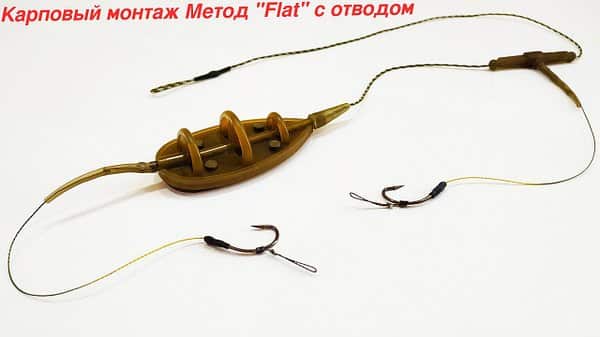
- The bent wire and hairpin are placed in a mold into which hot lead is poured.
- When everything cools down, the structure gets out, the hairpin is removed, and a silicone tube is attached to it.
How to make a flat-method carp fishing rig, see the video: https://youtu.be/u3dltgP3pdw
Safety clip
The main advantages of this installation are that you can install almost any weights and throw the tackle into the place of fishing with maximum accuracy. At the same time, throw at different distances, both medium and ultra-long. Another advantage: if the carp tackle was correctly assembled, then there is an opportunity to “program” the further behavior of this installation. As examples:
- the weight will “shoot back” only as a last resort (if it firmly sits in a snag or gets entangled in algae);
- for convenient fishing of a trophy specimen, under difficult fishing conditions, immediately after the hook, the weight is “unstuck”.
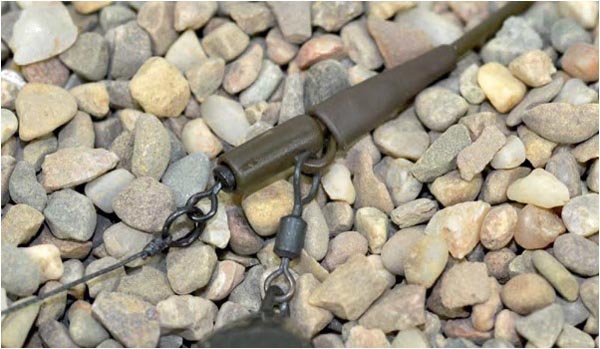
Note: The main purpose of this rig is a solid bottom plateau.
Materials for making:
- directly secure clip;
- cone;
- swivel;
- weight;
- silicone tube about 35 cm.
Recommendation: When making carp rigs and carp fishing equipment, try to choose all materials from one manufacturer, so they are guaranteed to be combined with each other.
How to make a snap with a safety clip:
- First, we pull the tube onto the fishing line (directly to the clip).
- After the fishing line is passed through the cone and, with a little effort, is pressed into the tube.
- A swivel clings to the clip and the coupling is tightened.
- We attach a leash with a carp hook tied to it through the metal ear of the clip .
Note: This mounting option is very common among professional carp anglers, but many beginners do not fully understand how the safety clip works. Therefore, the equipment is not knitted where it is required or absolutely wrong.
To understand how to knit and use a catchy carp montage, it is recommended to watch the video: https://youtu.be/A8FMmkKIQvg
Sliding rig
This carp mount is not difficult to make. In this rig, the clip with the weight is not rigidly fixed, they slide freely along the line. The sliding carp mount has the following advantages:
- It is easier to determine the fish bite. When the carp takes the bait, the bite alarm is immediately triggered .
- The sliding rig gives the maximum opportunity to avoid the carp “coming off” from small leashes. Even a slight notch on the hook makes the carp flee, and he begins to exhaust the tackle from the reel. But the deaf weight, unlike the sliding one, in this case becomes a kind of “pendulum” and allows the carp to spit out the hook.
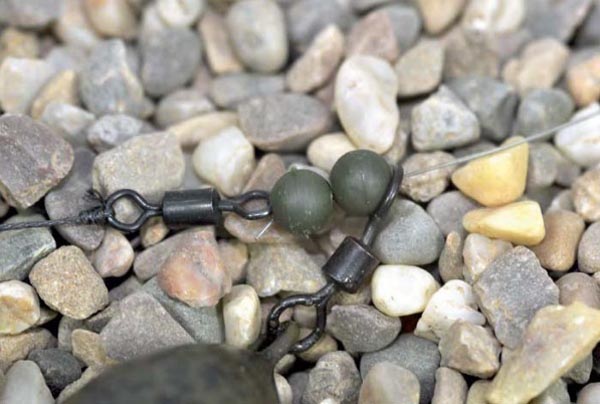
- clip;
- weight;
- buffer clutch;
- rubber tube;
- swivel with a ring.
The classic sliding tackle method is knitted as follows:
- We put a rubber tube on the fishing line and knit a leadcore.
- A swivel and a coupling are threaded onto the ring.
- We knit a swivel to the fishing line using the “palomar” knot.
- After that, a latch with a tube is fixed to it.
- The weight is attached to the latch.
There are other methods of making tackle for fishing carp and carp. The simplest of them is to put on a weight with a swivel not a fishing line, then attach a bead between the lead and the weight. In order not to bother at all, you can buy ready-made tackle in the store. How to knit a sliding installation, see the video: https://youtu.be/QFwJb3qBUa0
Symmetrical loop
This is a popular mounting for a self-cut feeder. Most often the rig is used in ponds in which there is a weak current. For manufacturing you will need:
- fishing line;
- weight;
- several swivels with a clasp;
- hooks for carp;
- fluorocarbon for knitting occasions;
- spring.
Step-by-step assembly instructions:
- The main line is laid in half, while its ends are twisted in either direction.
- About 10 twists are done, then a knot is knitted.
- The swivel is worn on the fishing line, while leaving free space 20 cm from it.
- A knot is knitted, then the line is twisted again.
- Another swivel is fixed at the second end.
- A loop is made on either side of the fishing line, where a 0.5 meter leash is knitted.
- A hook is tied to it.

Asymmetric loop – mounting for carp fishing for current
The main advantage of this mount is its increased sensitivity and effective jogging. As a rule, the tackle is used for fishing with a strong current in the river. For manufacturing you will need:
- spring;
- fishing line;
- weight;
- hook number 6;
- several swivels;
- fluorocarbon for making leashes.
Step-by-step instruction:
- You need to start in the same way as in the case of a symmetrical loop. The main part of the line is bent in half, and the ends are twisted to one side.
- A swivel, spring and weight are fixed at one end.
- On the second, there is another swivel. A knot is made right there.
- The leash with a hook is installed.
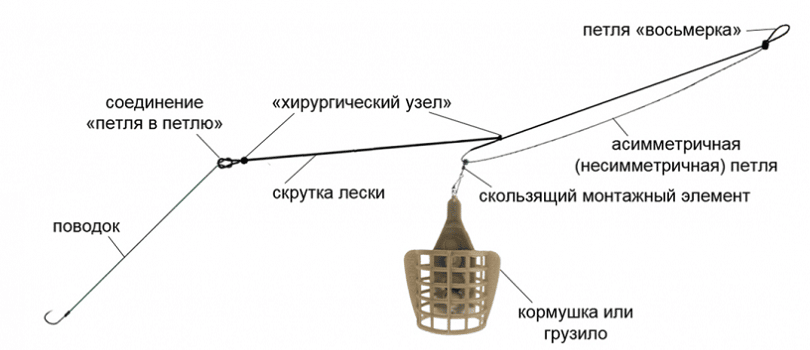
Carp mounting “Helicopter”
It has been specially designed to protect the rig from tangling when casting long distances, when fishing in strong currents, when fishing on rocky bottom. That is, in places where classic gear does not work. Carp mounting “Helicopter” got its name because of the rotating leashes, like a helicopter propeller. You will need the following materials:
- several silicone beads;
- leadcore;
- a swivel with a large ring;
- small shrink tubing (about 5 cm);
- bait and PVA packages.
Installation of the “helicopter” is carried out in the following way:
- Installing the sinker on the shock leader.
- Using a needle on the swivel and leadcore, we put on the clutch.
- We place a heat-shrink tube near the weight.
- Using a needle on the already threaded tube, we install the beads and directly the swivel with the ring.
- We fix the shock leader to the main line, and the leash is attached to the swivel ring. Make sure that the beads slide freely through the resulting knot.
- At the end, you need to hammer the bait into the PVA bag at the same time as the weight.

Specialist recommendations
The manufacture of absolutely any carp rigs is not complete without various accessories and tackle elements, a certain stock of which, in different variations and design features, is a must for every fisherman in his arsenal. At the same time, experts recommend the following:
- The color of the fishing line, weights and other consumables must match the environment of a particular reservoir . There are a large number of colors of fishing line and braided cords, this makes it possible to choose the necessary products. At the same time, there is a fluorocarbon line, which is almost invisible in the water.
- All knots must be wetted before tightening . This will strengthen them and reduce the chances of breakage.
- All installation elements must be minimized taking into account their strength . It makes no sense to fish with rigs that are designed for carp weighing 10 kg in a pond, where they simply do not exist. At the same time, it is impractical to build a very weak installation in places where you can catch trophy fish.
- In the absence of bites, it is not necessary to completely replace the tackle , you can only partially make certain additions.
- The tackle must be securely at the bottom . Otherwise, it will be carried away by the current, and the ability to timely see the bite and quickly hook the carp decreases.
- The elements of the tackle must not emit artificial odors (rubber, plastic, etc.). All carp fish have a very good sense of smell. Therefore, the harsh aromas just scare away the prey.
- It is recommended to hammer various types of groundbait into the feeders . This will greatly increase the chance of luring fish.
